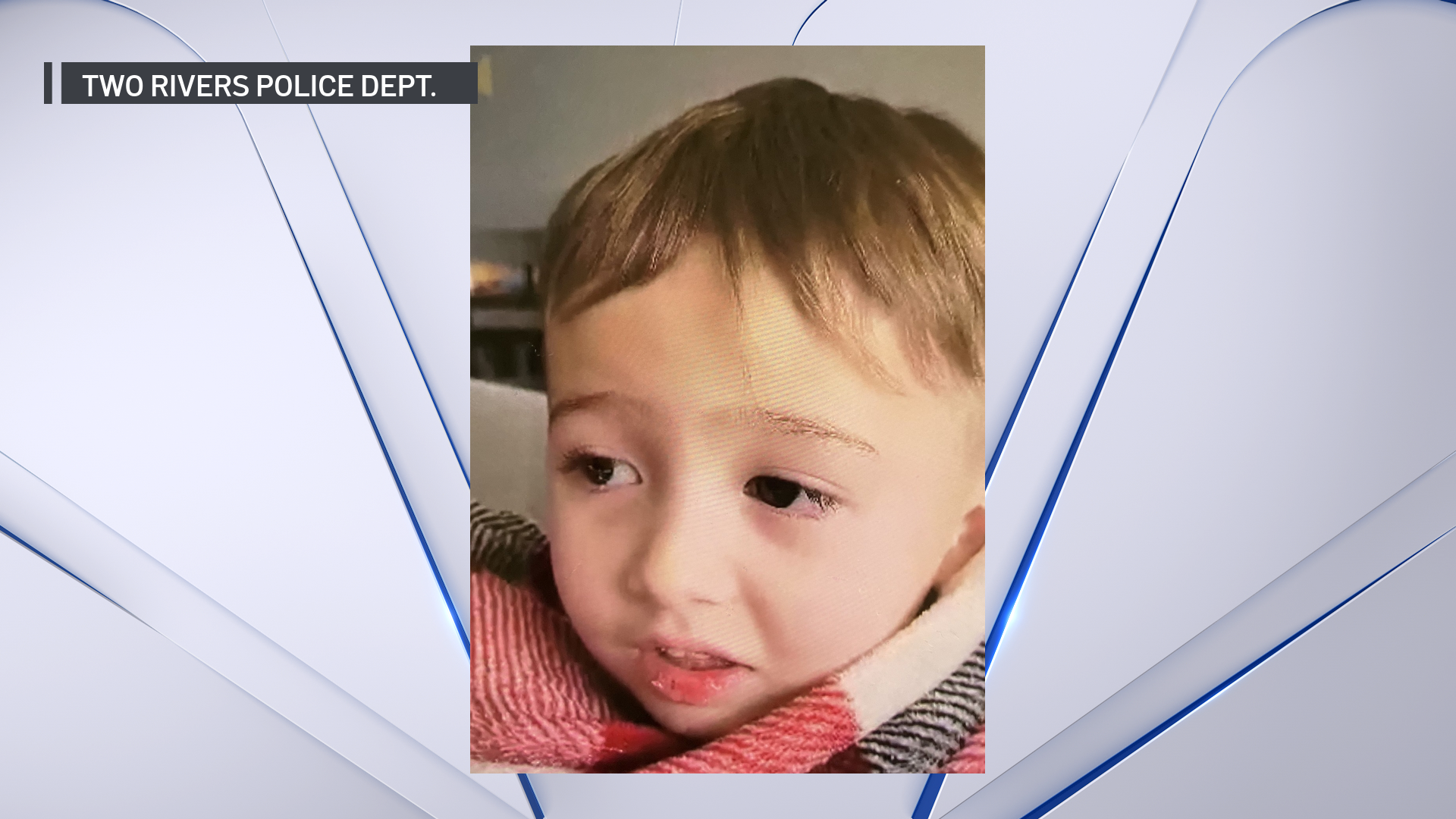The University of Chicago named the head of its new trauma center Thursday noting that he will lead the initiative to bring much needed trauma care to the city’s South Side.
Dr. Selwyn Rogers Jr. is a public health expert and surgeon with more than 16 years of trauma care experience, the university said in a news release. The center is scheduled to open in 2018.
Rogers will lead a team responsible for treating victims of gun violence, car crashes, serious falls and other incidents, the university says.
“Dr. Rogers is highly qualified for this role,” said Kenneth S. Polonsky, executive vice president for medical affairs at the University of Chicago. “He will provide leadership that will ensure clinical excellence and growth for the medical center, as well as operational leadership for trauma services.”
The University of Chicago broke ground in September on its $39 million dollar emergency department that will offer a level one adult trauma care.
For years, the university resisted re-opening an adult trauma center in Hyde Park, despite protests that the area was being underserved.
University President Sharon O’Keefe says community input was vital to its almost $270 million dollar Get Care plan.
Local
“I think working with our community partners really helped our thinking,” O’Keefe said. “It actually expanded what we thought about.”
The medical facility is being built off of an existing parking structure, allowing for a relatively speedy buildout, with the first floor handling patient care and housing an ambulance bay.
“It faces Cottage Grove Avenue, so it is easy access for ambulance traffic and it was designed to accommodate the development of the emergency department,” O’Keefe said.
Edith Clay, a community activist and artist, says that emergency department is desperately needed on the city’s South Side.
“When an accident happens, when a killing comes, when an emergency comes,” Clay said. “When somebody needs to get a bullet removed real fast, the trauma center is here for us.”
Rogers comes to Chicago from the University of Texas Medical Branch, where he had been vice president and chief medical officer since 2014.



